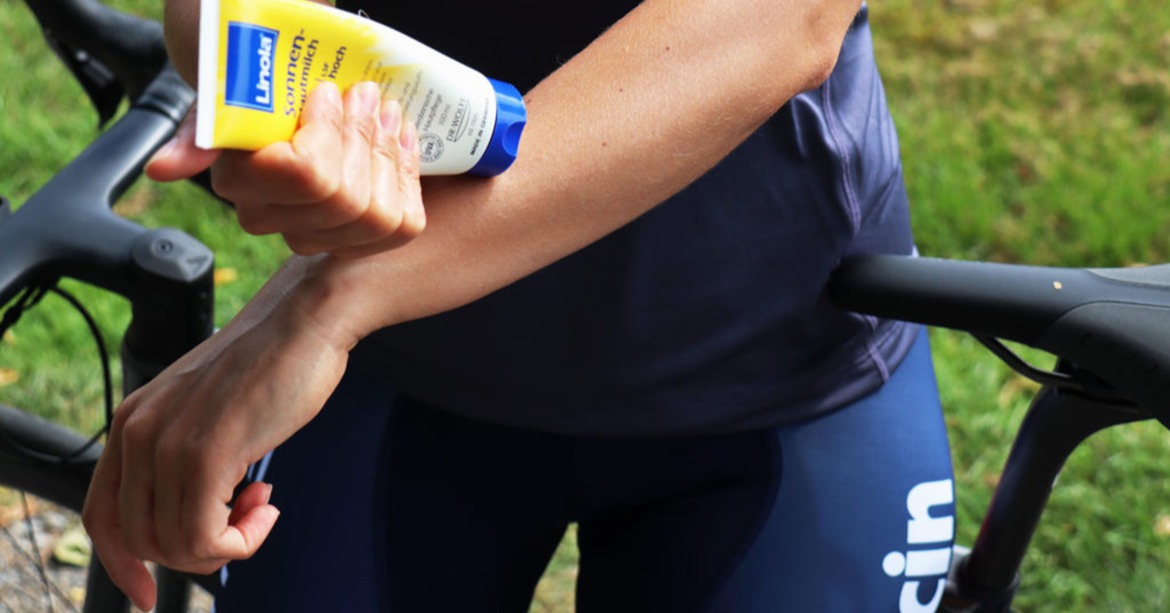
Beating the Heat
Summer is here, and as temperatures rise, it's important to be well prepared while out in the sun. Training in the heat can have benefits, like an increased production of hemoglobin and therefore oxygen intake, however it's important to stay safe and acclimate. The ideal training temperature is about 68-72 degrees. It can take 10-15 days to properly acclimate to temperatures above these. Here are some tips to stay safe, as well as some benefits of training in the heat.
1. Take it Slow
It's probably not safe to go out in 90+ degree temperatures with little to no preparation. You may need to pull your mileage and/or pace back to give your body proper time to acclimate.
2. Be aware of what time of day you decide to go outside
Heat, plus humidity, plus direct sunlight is a triple-threat combination, so keep that in mind, and try to schedule your workouts accordingly. Check the forecast to do heavier workouts in the morning, and lighter workouts in the afternoon.
3. Hydrate
This one may seem obvious, but it shouldn't be overlooked. If fact, you should begin hydrating 24-48 hours before you even head out. Electrolytes are key to ingest every hour of activity, as well as moderate salt intake. We have various different electrolyte drink mixes and nutrition at our stores to help you stay on top of this, as well as various bottles and bottle cages, camelbaks, and more.
4. Proper Clothing
Clothing that allows the sweat to wick off is a plus, as clothing that traps heat and sweat may increase your chances of heat-related issues and lessen your body’s ability to cool off effectively.
5. Sunscreen
It's important to protect your skin as well. Apply sunscreen regularly with at least SPF 30 to protect from damaging sun rays. You may find sport sunscreens beneficial that last well through sweat.
Benefits of Heat Training
Once your body is well acclimated to the higher temperatures, you may be able to reap some of the benefits of heat training. As stated above, numerous studies show that regular heat training can increase the production of hemoglobin. Hemoglobin is a key protein in your red blood cells, and carries oxygen to your body's major organs and tissues. This in turn can boost overall oxygen intake, and help increase endurance. “By increasing your hemoglobin concentration, you’re enhancing the oxygen-carrying capacity of your blood, and you’re improving upon that potential weak link for the endurance athlete,” Robert Mazzeo, PhD, associate professor of Integrative Physiology at University of Colorado Boulder says.
Heat training can also help boost plasma volumes in your blood. Having an increase in plasma may help recreational athletes improve their thermoregulation, the body's ability to maintain a certain body temperature. More plasma in your body also means more blood can be sent to cool your skin without lessening the supply of oxygen being sent to your muscles, which can also help increase your endurance and overall performance.
To summarize: Be sure to slowly build up your training to prevent injury, get proper nutrition and hydration, listen to your body even more than you normally would, and as always, take proper rest when needed.
St. Paul: 651-644-2354
Arden Hills: 651-490-7709
